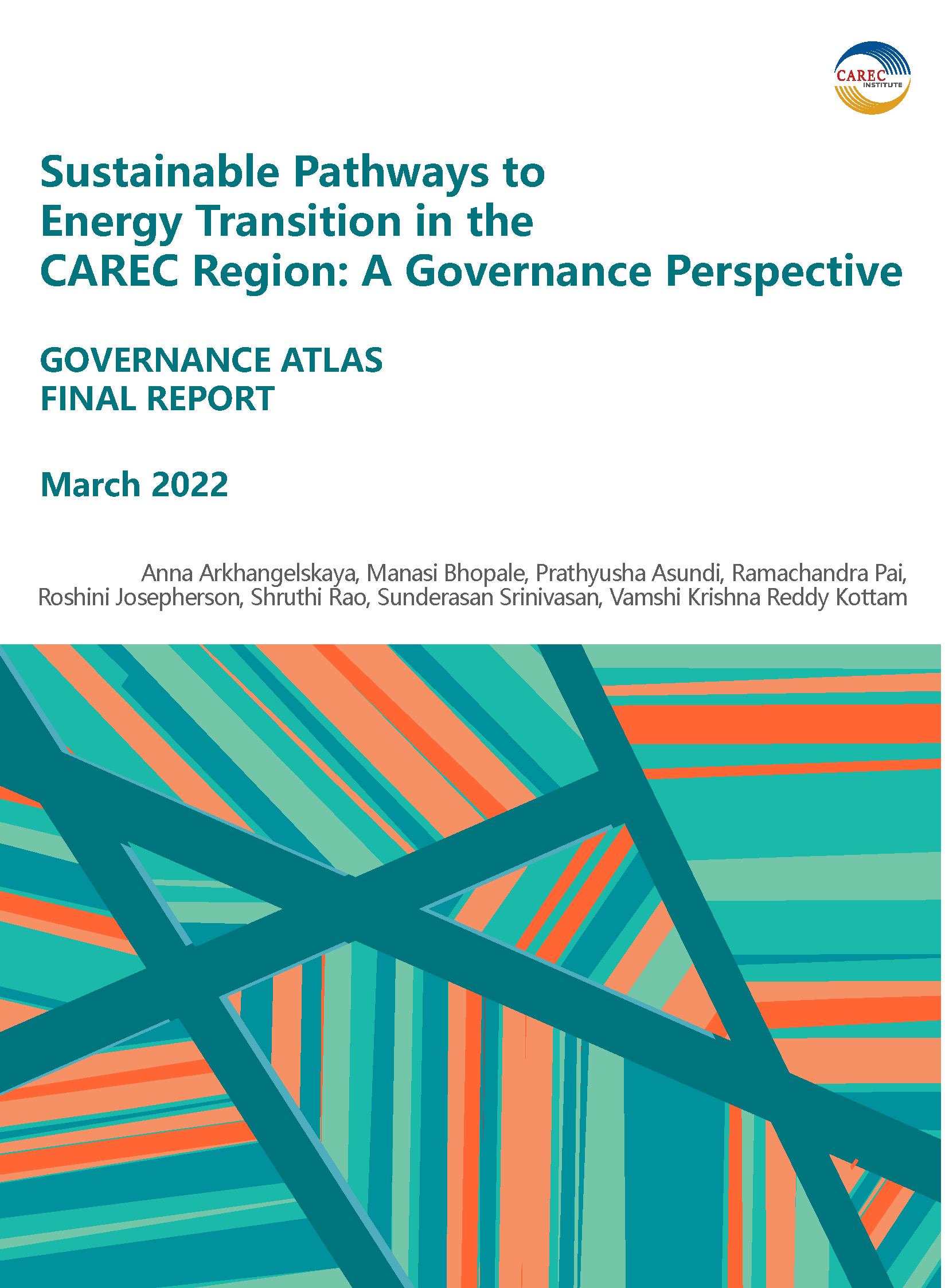Sustainable Pathways to Energy Transition in the CAREC Region – A Governance Perspective
Limited progress with the evolution of competitive energy markets in the CAREC region and the evident need to rejuvenate or build the associated institutional and regulatory frameworks from a low base might continue to deter investments into the region’s energy transition. The means to creating a more favorable investment climate across the region could include the advancement of stronger regional coordination to try and exploit economies of scale and scope, and the rollout of stable governance frameworks to facilitate such coordination. Effective management of demand and supply patterns could lead to enhancing efficiencies of asset use while minimizing market and regulatory risks faced by prospective investors. This research has defined policy objectives and identified opportunities for regional cooperation to optimize the use of renewable energy (RE) resources and grid networks, to better balance demand and supply across the region and across time zones and bridge gaps in the governance structures to try and achieve such objectives.
Assuming that the fleet of generating assets were to continue to operate at efficiency factors observed circa 2018, and if each country in the region were to attempt to attain self-sufficiency in generation, the region would require the addition of an estimated 192,000MW in incremental capacity by 2030 to replace some 80,000MW of fossil fuel fired generation and to meet emission reduction commitments. Meeting region wide aggregated demand necessitates the addition of about 153,000MW of non-hydro RE options. In this scenario, China is presumed to serve as the ultimate residual consumer and supplier, absorbing surpluses and bridging deficits in the region, thereby pre-empting the build-up of large storage capacity on the one side and the construction of peaking plants on the other.
Region wide institutions would be required to achieve region wide optimization. Real-time matching of region wide demand and supply would be expected from the regional load dispatch centre. In addition, a specially constituted regional counterparty could facilitate and implement the RE procurement and contracting processes and execute emission reduction contracts. This entity could then serve to distribute accruing emission reduction revenues to help subsidize the vulnerable sections of populations across the region.
